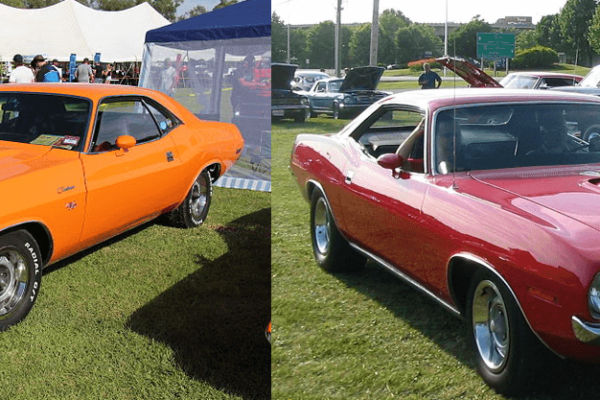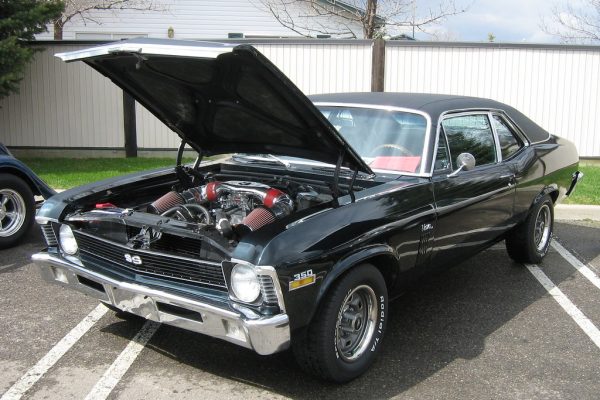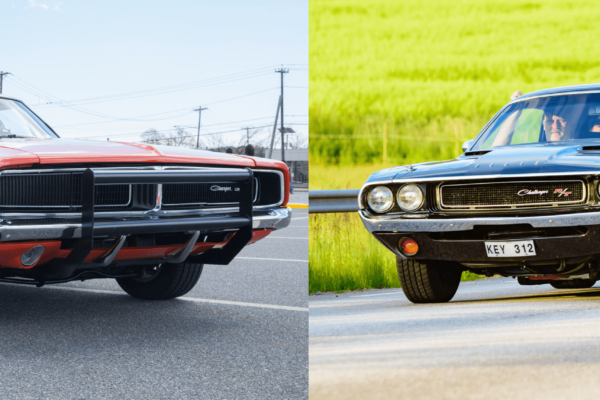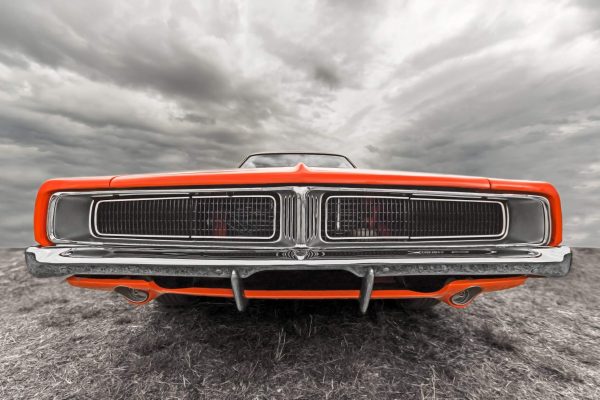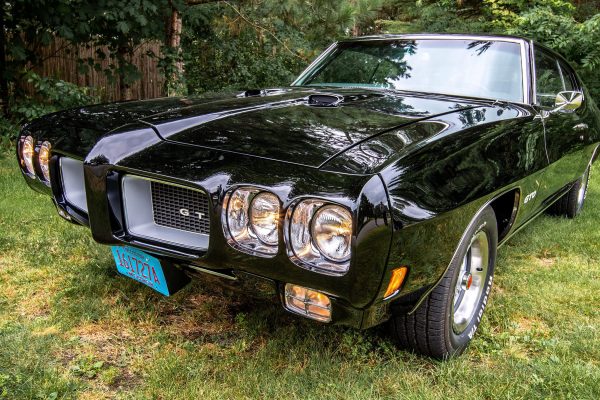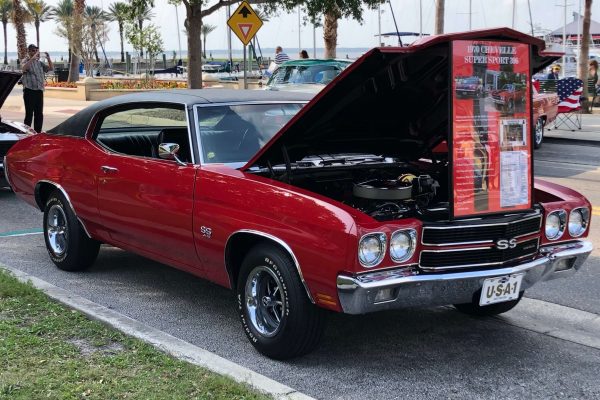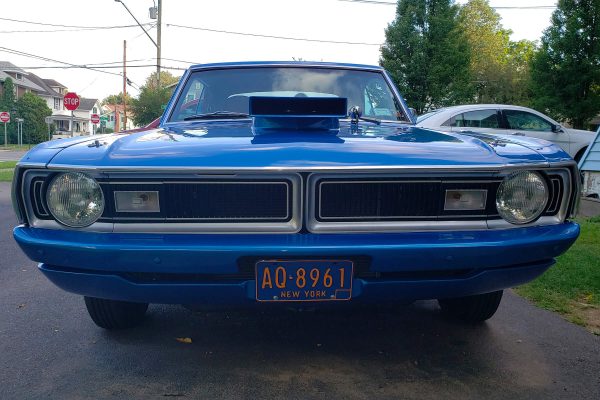Facts about American Muscle Cars
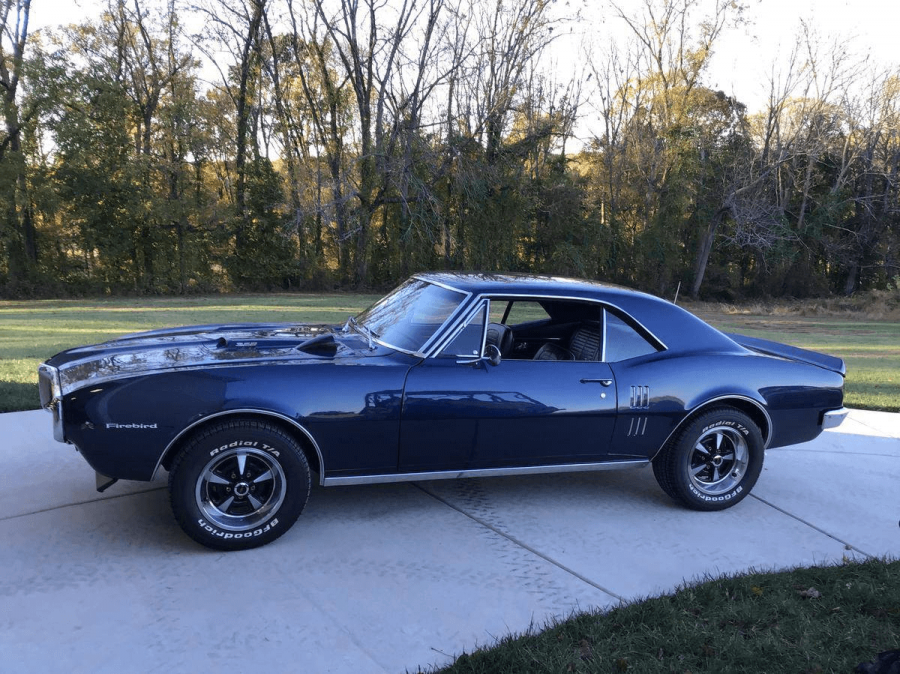
American cars don’t run like they used to, and that is not just speculation, but fact. The golden age of American muscle cars is long past, making classic cars from the 60s through the 80s collectible items nowadays.
The halt in the production of some of the most beloved models was not an arbitrary decision. New regulations in emissions and safety would limit the designs that made these vehicles so powerful. If you are here right now, you probably know a thing or two about muscle cars. These little-known facts will either test your knowledge or teach you something new.
Engine Switch-Ups
The classic American muscle car of the 60s and 70s often sported a powerful v8 engine, while later models from the same manufacturers needed to be built with smaller v6 engines. The 1987 Buick GNX got as close as possible to the glory days with its turbocharged v6 engine. What you probably didn’t know is that the 1989 20th Anniversary Trans Am Pontiac vehicles contain these very same engines.
This kind of switch-up is nothing compared to the Central Office Production Order Chevy Camaros of 1969. A few auto dealers in this era figured out ways to order Camaros with rare ZL-1 427 V-8 engines that were normally only reserved for cop cars. These rare supercharged Camaros didn’t stay under the radar for long, and only a limited number of these special cars are available today, with some fetching around $400,000 at auctions. If you’ve recently picked up a COPO 9560 from 1969, there won’t be any emblems on the engine to tell you what you have.
The Road as a Test-Lab
With so many cars being built with racing engines, it is clear as to why the early 70s were considered to be a golden era for Nascar. Not everyone knows just how closely related some muscle cars were with the popular racing event. When automakers planned a car design for Nascar racing, they first needed to sell 500 cars to get it approved. Thus, some of the muscle cars from this time were prototypes for actual racing vehicles. One such vehicle is the 1969 Ford Mustang Boss 429. This car was released with three different engine variants: the lightweight T-Code, the S-code intended for racing, and the later A-code which featured a new valve train and smog equipment.
Restoring the Glory
Time does not treat autos kindly, and even the fastest Pontiac Firebird or Oldsmobile will lose some capability over time, especially if left to sit in a garage for years. If you have your hands on a vehicle from the real golden era, you’ll want it to look and drive just like it did back when it was brand new. The kind of expert you want restoring your car is someone who knows about the engine’s specifics and how the car would have been driven back in its heyday. We at Legendary Auto Interiors are lovers of muscle cars and classic car restoration. Whether it’s a Ford, Chevy, Pontiac or something else, we’ll give any classic auto the attention it deserves.
Find the exact parts that restore your dream car to mint condition.
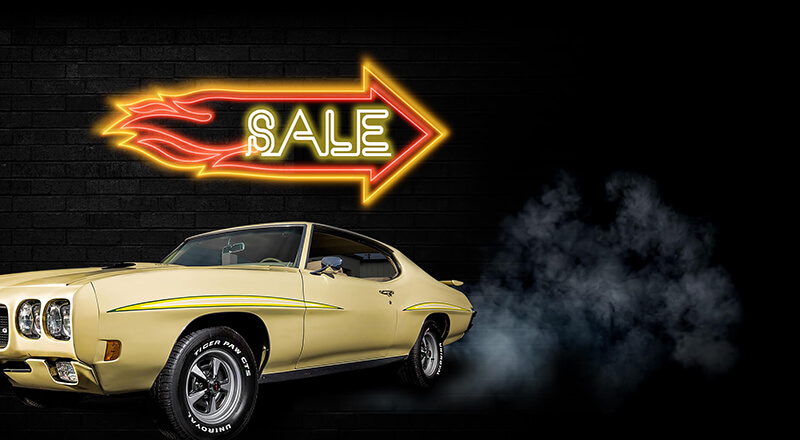
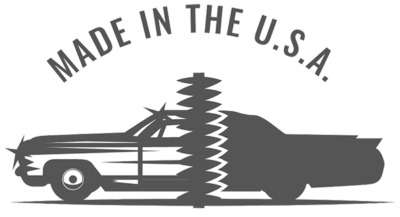
Related Articles

We’ve come to the end of this round of our Legendary Classic Car Stories! For this final installment, we are highlighting the work of our Pontiac and Oldsmobile fans. Keep reading to learn all about the path they took to…
We’re back with more Legendary Classic Car Stories! This month, we are featuring three stories submitted by our Chevy enthusiasts. Read on to learn more about their classic car restoration experiences. Numbers Matching Chevelle Name: Mark A Jones Year /…
We’ve heard from so many of you that we’re back with another batch of Legendary Classic Car Stories! This month, we are featuring three stories submitted by Mopar (and Legendary Auto Interiors) fans. Keep reading and learn about their special…

